Exploring the world of coffee can be an exciting adventure, especially when it comes to selecting the perfect beans. Whether you’re a newbie or a seasoned coffee enthusiast, understanding the nuances of different coffee varieties can help elevate your daily brew. From the rich flavors of Arabica to the boldness of Robusta, the journey begins with choosing the right coffee beans that suit your taste.
But it doesn’t stop there! Roasting your own beans at home can be a fun and rewarding experience. It allows you to control the flavor profile and freshness of your coffee. In this guide, we’ll delve into the roasting process and share tips to help you achieve the perfect roast right in your kitchen.
Brewing methods also play a crucial role in how your coffee tastes. With so many techniques available, including drip brewing and French press, knowing the differences can significantly improve your cup. Plus, the quality of water you use can make all the difference in extracting the best flavors from your coffee.
Finally, let’s talk about storage. Keeping your beans fresh is essential for maintaining flavor. We’ll cover optimal storage environments and the best containers to keep your coffee beans at their best. Get ready to explore the wonderful world of coffee bean workshops!
- Discover the differences between various coffee beans and how to choose the right one for you.
- Learn about the roasting process and effective techniques for home roasting.
- Understand the best brewing methods and how to store your coffee beans for maximum freshness.
Types of Coffee Beans and How to Choose Them
Differences Between Arabica and Robusta
When it comes to coffee beans, the two most popular types you’ll encounter are Arabica and Robusta. Each has its own unique characteristics that appeal to different palates. Arabica beans are often celebrated for their smooth, complex flavors, which can include hints of fruit and sugar. They tend to have a lower caffeine content compared to Robusta, making them a favorite among those who enjoy a milder cup.
On the other hand, Robusta beans are known for their strong, bold taste and higher caffeine levels. Some coffee lovers appreciate the earthy flavors of Robusta, especially in espresso blends. Understanding these differences can guide you in selecting the right beans for your brewing preferences, whether you want a rich and sweet cup or a strong and hearty brew.
- Arabica beans offer smooth, complex flavors.
- Robusta beans provide bold, earthy tastes.
- Choose based on your flavor preference and caffeine tolerance.
How Origin Affects Flavor
The origin of coffee beans plays a significant role in the flavors you’ll experience. Different regions produce beans with distinct characteristics due to variations in climate, soil, and farming practices. For instance, coffee from Central America often has bright acidity and fruity notes, while beans from South America might present a more balanced profile with nutty undertones.
Additionally, beans from African countries like Ethiopia and Kenya can be incredibly vibrant and floral, offering unique tasting experiences that coffee enthusiasts cherish. When selecting your beans, consider exploring different origins to discover new flavors that excite your palate. Visiting a local coffee workshop can also provide hands-on experience in tasting and understanding how origin influences flavor.

If you’re eager to dive deeper into the world of coffee, you’ll find valuable insights in the article titled Discover the Magic of Coffee: From Green Beans to Roasting!. This piece explores the journey of coffee from its raw state to the roasting process, offering essential tips that can enhance your understanding and appreciation of this beloved beverage.
- Central American beans are bright and fruity.
- South American beans offer balance and nuttiness.
- African beans can be vibrant and floral, ideal for adventurous tasters.
The Roasting Process and Techniques
Basics of Roasting
Roasting is where the magic truly happens in the coffee journey. Once you’ve selected your beans, the next step is to transform those green coffee beans into the aromatic, flavorful coffee we all love. During the roasting process, heat is applied, causing a series of chemical reactions that develop the beans’ unique flavors and aromas. This is also when they change color from green to various shades of brown.
The roasting level greatly influences the final taste of your coffee. Light roasts tend to preserve more of the beans’ original flavors, while darker roasts can bring out deeper, smokier notes. Understanding the basics of roasting can help you tailor your coffee experience to your preferences.
- Roasting transforms green beans into flavorful coffee.
- The roasting level impacts taste and aroma.
- Light roasts preserve original flavors, while dark roasts offer richer notes.
Tips for Home Roasting
Home roasting can be an exciting venture, allowing you to experiment and find the perfect flavor profile. Start by selecting high-quality green coffee beans from a reputable source. You can often find local coffee workshops that offer these beans, along with guidance on the roasting process.
When roasting at home, it’s essential to monitor the temperature carefully. Most home roasters recommend starting at around 400°F (200°C) and adjusting as needed. The key is to listen to the beans. You’ll hear the first crack, indicating that they are reaching a light roast. If you prefer a fuller flavor, continue roasting until you hear the second crack, achieving a darker roast.
Timing is also crucial. Keep a close eye on the beans as they roast, as they can go from perfect to burnt in a matter of seconds. Once you’ve reached your desired roast level, cool the beans quickly to halt the roasting process. This can be done by spreading them on a baking sheet or using a dedicated cooling system.
Finally, be sure to store your freshly roasted beans properly. Let them rest for a day or two to allow the flavors to develop, and then keep them in an airtight container away from light and moisture. With practice and experimentation, you’ll discover the joy of home roasting and the ability to craft your perfect cup of coffee.

If you’re eager to dive deeper into the world of coffee, you’ll definitely want to explore our article on Discover the Joy of Home Roasting Coffee! A Complete Guide from Bean Selection to Roasting Techniques. This guide complements the insights you’ve gained here by providing detailed information on selecting the right beans and perfecting your roasting skills at home.
- Start with high-quality green beans from local workshops.
- Monitor temperature and listen for the first and second cracks.
- Cool the beans quickly after roasting to preserve flavor.
- Store in an airtight container for optimal freshness.
Coffee Brewing Methods
Differences Between Drip and French Press
When it comes to brewing coffee, two popular methods stand out: drip and French press. Each technique offers a unique experience, and understanding these differences can elevate your coffee game. Drip brewing, often seen in households and offices, uses a machine to pour hot water over coffee grounds. This method is convenient and produces a clean cup with a smooth flavor profile, making it a go-to for many coffee drinkers.
On the other hand, the French press allows for more control over the brewing process. By steeping coffee grounds directly in hot water, this method extracts robust flavors and oils, resulting in a richer cup. If you enjoy bold, full-bodied coffee, the French press might be your perfect match. Experimenting with both methods can help you discover which one suits your taste best.
- Drip brewing offers convenience and a clean flavor profile.
- French press allows for richer, bolder flavors.
- Try both methods to find your preferred brewing style.
Choosing the Right Water for Brewing
The importance of water quality in coffee brewing cannot be overstated. Water makes up the majority of your cup, so using the right kind can significantly impact the final taste. Ideally, you want to use filtered water that is free from impurities and strong mineral flavors. Tap water can sometimes be too harsh, affecting the delicate balance of flavors in your coffee.
Temperature is another crucial factor. The optimal brewing temperature falls between 195°F and 205°F (90°C to 96°C). Water that is too hot can scorch the coffee grounds, while water that is too cool may not extract the flavors effectively. Finding the sweet spot will help you achieve a well-balanced cup.
Additionally, consider the mineral content of the water. Hard water, which contains high levels of calcium and magnesium, can enhance the flavor profile but may also leave mineral deposits in your equipment. Soft water, on the other hand, can lead to a flat taste. Many coffee enthusiasts recommend experimenting with different types of water to find the perfect balance that complements your chosen beans.
Lastly, don’t forget about the brewing time. Each method and type of coffee requires a specific brewing time to extract the best flavors. For example, a French press typically needs about four minutes of steeping, while drip coffee might take a few minutes longer. Understanding these nuances will help you refine your brewing process and enjoy the ultimate coffee experience.
- Use filtered water for the best taste.
- Aim for a brewing temperature of 195°F to 205°F.
- Experiment with mineral content for flavor enhancement.
- Pay attention to brewing time for optimal extraction.
How to Store Coffee Beans
Optimal Storage Environment
Once you’ve gone through the exciting process of selecting your coffee beans and maybe even roasting them at home, the next important step is storage. Keeping your beans fresh is crucial to enjoying the best flavors in your coffee. The environment where you store your beans plays a significant role in maintaining their quality.
First, light can be a major enemy to coffee beans. Exposure to light can lead to oxidation, which diminishes the flavor over time. That’s why you want to find a dark place to store your beans, away from direct sunlight. A pantry or a cupboard can work perfectly.
Temperature is another factor to consider. Ideally, you should store your beans in a cool environment. A temperature range between 60°F and 75°F (15°C to 24°C) is ideal. Avoid places that can experience fluctuations in temperature, like near the stove or in a warm kitchen.
Finally, humidity can affect your beans as well. Too much moisture can lead to mold and spoilage. Aim to keep your storage area dry, as excess humidity can ruin the flavors you’ve worked so hard to preserve. Following these guidelines can help protect your coffee beans, ensuring that each cup is as delicious as the last.
- Store beans in a dark place to prevent oxidation.
- Keep them in a cool environment, ideally between 60°F and 75°F.
- Ensure the storage area is dry to avoid mold.
Choosing the Right Container for Storage
Selecting the right container for your coffee beans is just as important as the storage environment itself. The container not only protects the beans but also helps maintain their freshness. So, what should you look for when choosing a storage container?
First, consider using an airtight container. Oxygen can quickly spoil the flavors of coffee, so a container that seals tightly is crucial. Glass jars with rubber seals or dedicated coffee canisters work well for this purpose. If you opt for plastic, make sure it’s food-grade and opaque to protect against light exposure.
Next, think about the size of your container. If you buy coffee in bulk, make sure the container can hold an adequate amount without being too large. A smaller container that you fill regularly can help reduce the amount of air exposure each time you open it.
Lastly, avoid storing your beans in the fridge or freezer, as these environments can introduce moisture and odors that can negatively affect the flavor. Sticking to a cool, dark place with a proper container will help keep your coffee beans fresh for longer, allowing you to enjoy their full potential in every cup.

If you found the tips on how to store your coffee beans helpful, you might also appreciate our article on Discover the Allure of Light Roasted Coffee! Your Guide to Choosing, Brewing, and Storing. This guide delves into the unique characteristics of light roasted coffee, including how to select, brew, and store it for optimal flavor.
- Use an airtight container to prevent oxygen exposure.
- Choose a size that suits your buying habits to minimize air exposure.
- Avoid the fridge or freezer to prevent moisture and odors.
Summary
As we wrap up our exploration into the captivating world of coffee, it’s clear that the journey from selecting beans to brewing the perfect cup is filled with delightful nuances. Understanding the differences between various types of coffee beans, such as Arabica and Robusta, allows you to tailor your coffee experience to your personal preferences. Roasting at home can be an adventurous endeavor, giving you the chance to experiment with flavors and achieve the perfect roast that suits your taste.
Additionally, mastering the brewing process, whether through drip or French press methods, can significantly enhance your appreciation for coffee. The quality of water and the brewing time are critical elements that contribute to the overall flavor. Lastly, proper storage of your coffee beans ensures that you maintain their freshness and flavor, allowing you to enjoy each cup to the fullest.
By participating in a local coffee workshop, you can gain hands-on experience and deepen your understanding of coffee’s rich history and culture. This shared passion for coffee brings together enthusiasts of all levels, allowing for a community of learning and enjoyment.
- Choosing the right coffee beans is essential for tailoring your flavor experience.
- Home roasting offers a unique opportunity to create your ideal coffee profile.
- Proper brewing methods and storage techniques are key to maintaining freshness and flavor.
We’d love to hear about your coffee experiences! What are your favorite beans or brewing methods? Share your thoughts in the comments below!









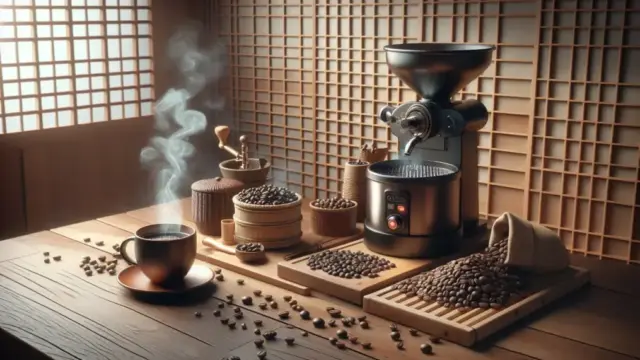













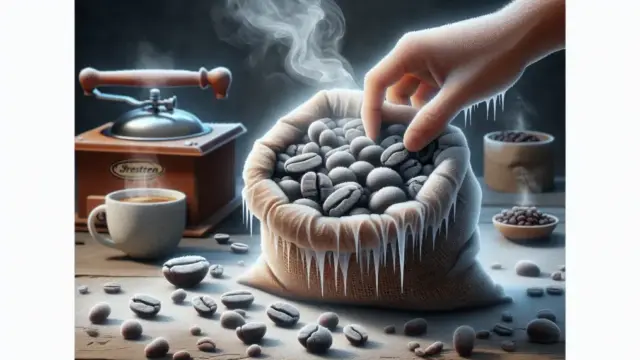
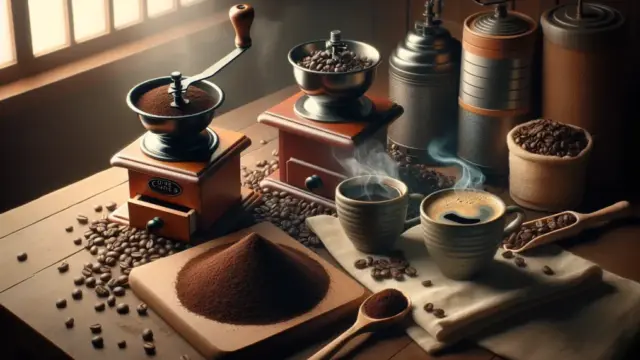






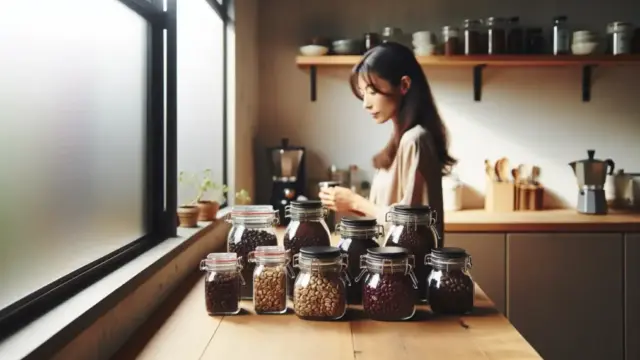

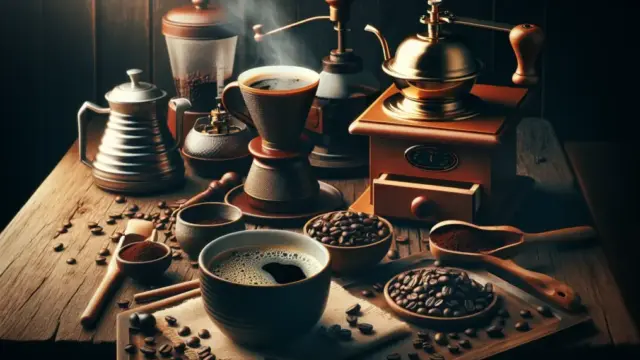

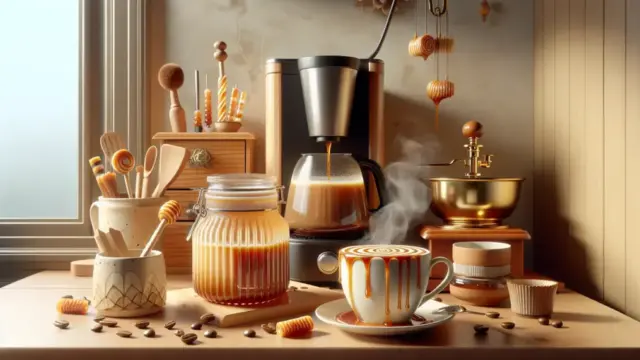



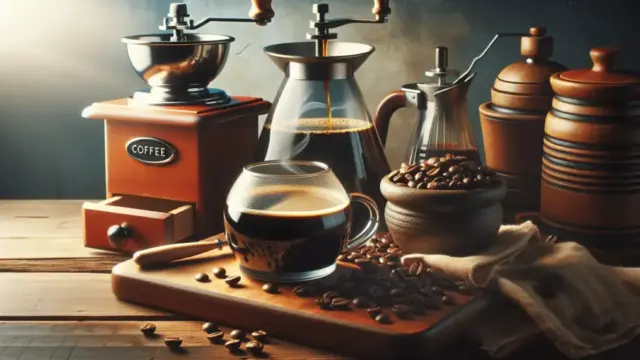
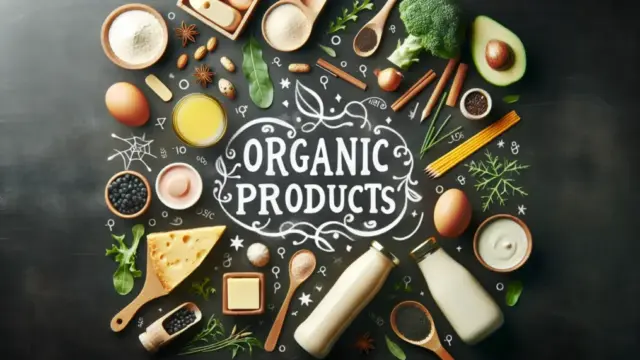
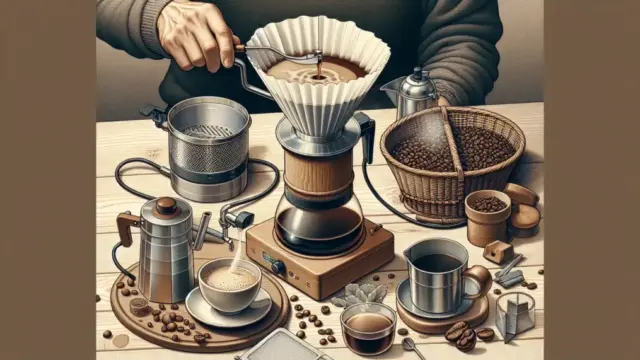



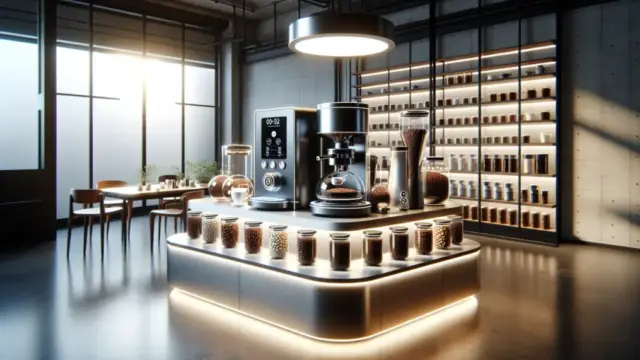
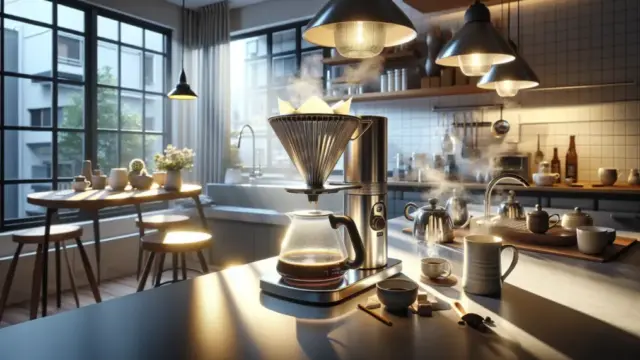




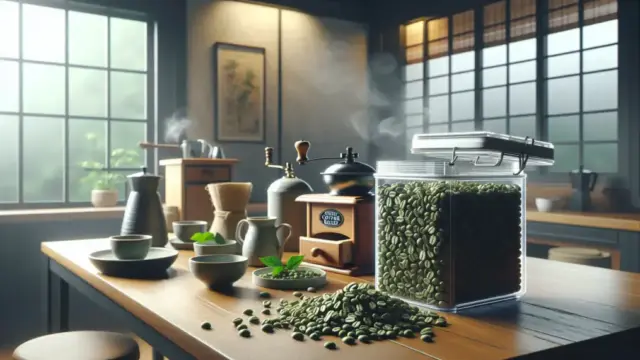




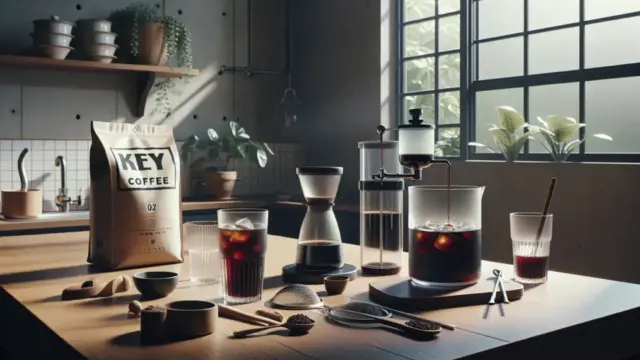

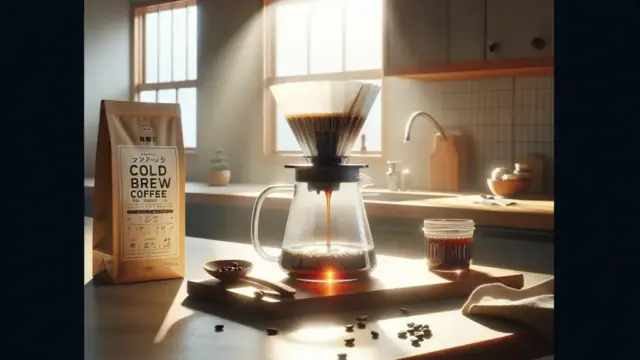
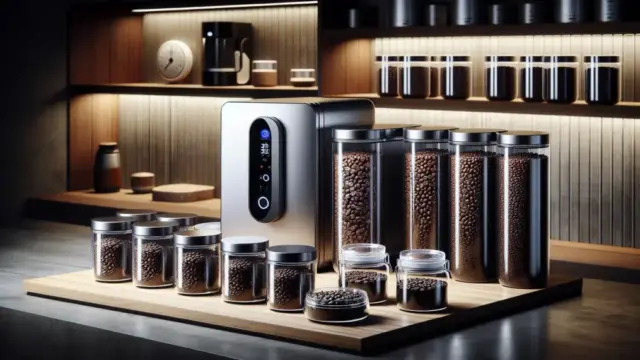

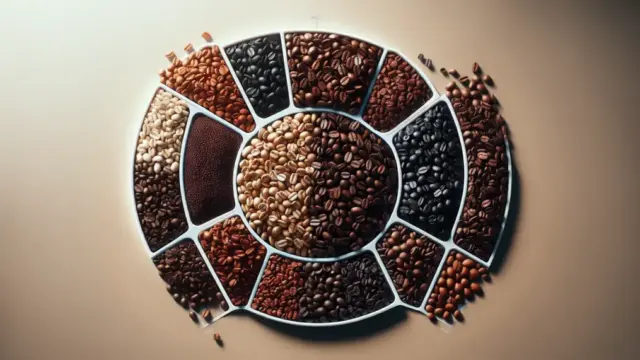

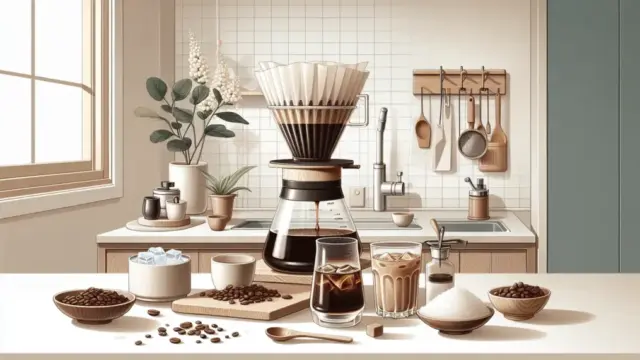











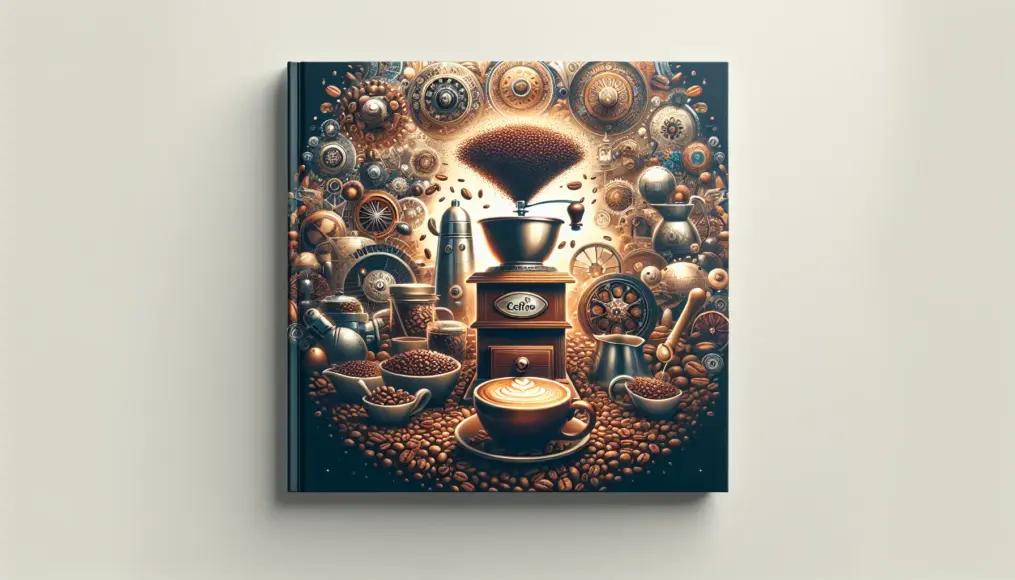

Comment